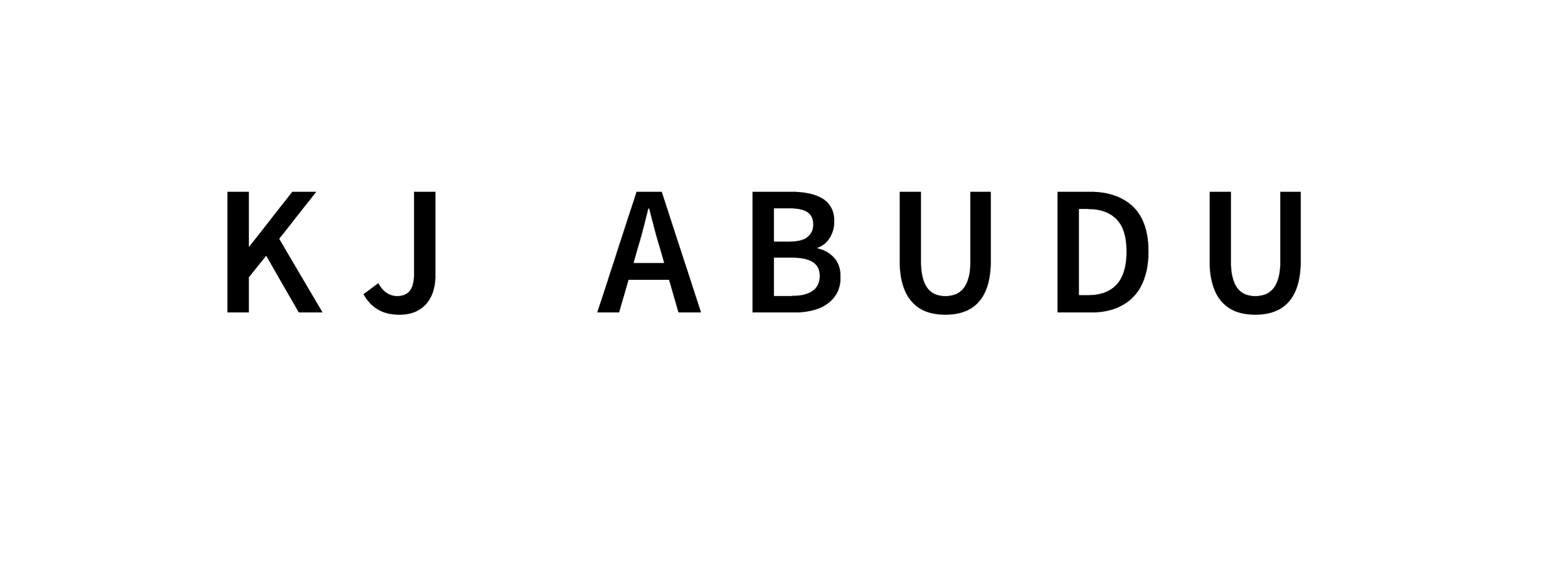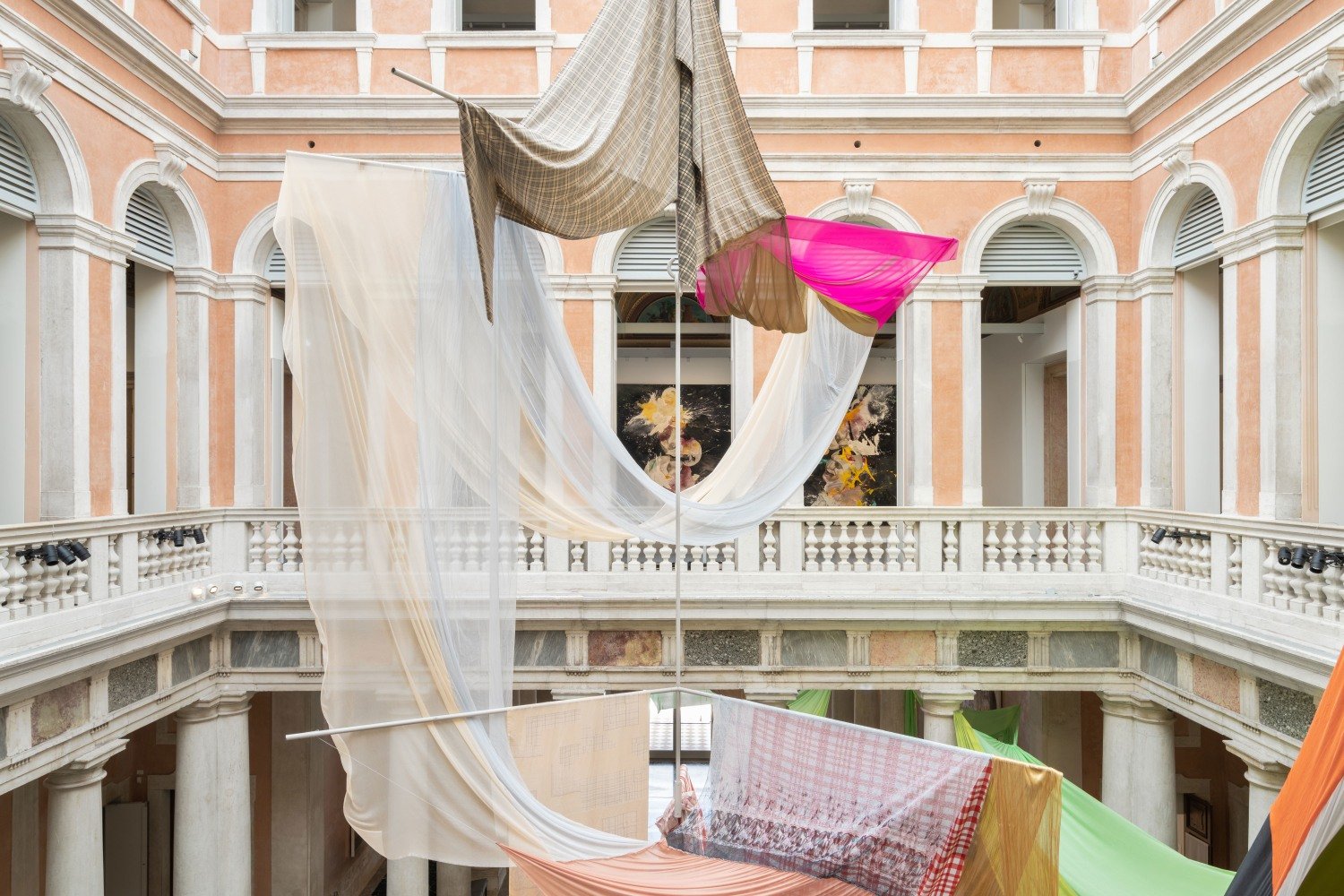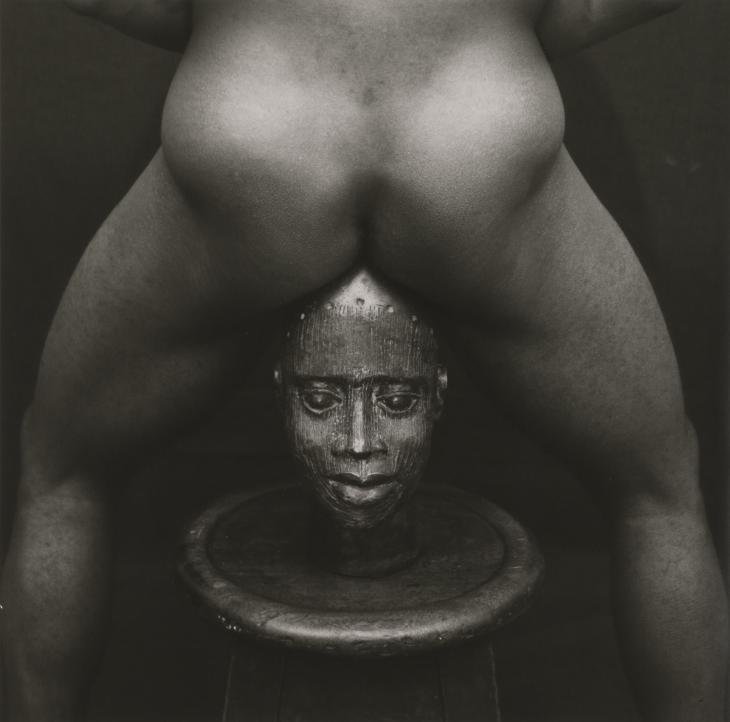We Greet Aso Before We Greet Its Wearer: Five Theses on Lagos Space Programme | Boy.Brother.Friend

In this critical text, published in Boy. Brother.Friend, I develop five theses on the Lagos Space Programme, an experimental fashion label founded by the Lagos-based artist and designer, Adeju Thompson. The theses explicate the brand’s rigorous engagements with Yoruba philosophy, queer methodologies, postcolonial modernism, and digital futurity.
Below are excerpts from the introduction and each of the five theses:
“According to [Rowland] Abiodun, aṣọ does not merely refer to the material fact of cloth, for the term is derived from adding the prefix “a” to “sọ”, which means “to bud” or “to regenerate.” From this Yoruba standpoint, aṣọ therefore takes on a metaphysical dimension as it more richly refers to that which “renews and survives one at death.” Additionally, aṣọ affirms the essential nature of its wearer, their inner (that is, non-physical) character, their ìwà.”
1. Masquerading as Divine Transformation
“Defined by their aṣọ, and at times, by their masks, masquerades demonstrate the transformative potentiality of cloth through energetic performance. Inspired by this aestheticized spiritual process, Lagos Space Programme similarly relays clothing as that which is capable of transforming the wearer, as a technology for redefining one’s sense of self. In a recent runway presentation, a model walked with his face completely covered in an àdìrẹ knit, evoking the mystique of the Eyo masquerade, and by extension, the empirical unverifiability of the immaterial world. One was left to wonder ‘where’ the model was as he walked the runway – if he, like the masquerade’s wearer, had temporarily been transformed into a spiritual being.”
2. Fashion as Visual Oríkì
“The centrality of àṣẹ in Yoruba aesthetics plays out in what is known as oríkì. Oríkì is a form of citation poetry, a conventionally verbal form, crucial in defining one’s inner character (one’s ìwà), whether it is for a newly born human, an ancestor, or a deity. Characterized by frequent tonal shifts and alternating rhythms, the individual that performs an oríkì (like the priest we hear in the soundscape of the short film) dramatises the already tonal quality of the Yoruba language, transforming poetic verses, heavily imbued with spiritual meaning, into sonically irreducible passages charged with “sensuous weight,” filled with àṣẹ.”
3. A Queered Vision
“Lagos Space Programme not only contemporises but queers the Gẹlẹdẹ mask by making it unashamedly camp. Resembling the heightened cosmetic look of drag queens, the mask assumes a glamourized appearance through excessive effeminate adornment, for instance, in its exaggeratedly elongated bronze eyelids and glimmering blue beaded lips. This playful subversion of Yoruba traditions, through its reference to queer subcultures, echoes the likes of British-Nigerian photographer Rotimi Fani-Kayode, whose images similarly queered Yoruba divinatory rituals via explicit allusions to homoeroticism.”
4. Ifa Numerology and Digital Futures
“The religio-mathematical code derived from Thompson’s own encounter with an Ifá priest is etched into the indigo-dyed fabrics in their latest collection. Imprinted on the surface of a long sleeveless àdìrẹ vest, Thompson abstracts their divinatory codes into a sleek pattern resembling the constructivist ethos of modernist design. The slippage between this ancient mathematical system and its deceptively contemporary visuality is no coincidence, however. Researchers have recently theorised anticipatory connections between Ifá numerology and digital computer coding. Akin to the odu, each digital byte (strikingly, also a unit of information) contains eight bits, which could be 0 or 1. The binaric conflation of these two systems is conveyed in Thompson’s collaboration with the artist, Flatspot_, whose tapestries evoke the glitchy visuality of digital screens and retro computer games.”
5. Natural Synthesis: A Nigerian Modernist Inheritance
“Thompson self-consciously positions themself as an inheritor of this mid-century modernist legacy, as they synthesise ancient Yoruba philosophy and indigenous textile crafts with contemporary innovative tailoring methods and external subcultural references. This is particularly evident in their coinage of the term ‘post-àdìrẹ’ which refers to their technical experimentation with àdìrẹ textiles. Thompson produces their indigo textiles in the traditional manner, with the assistance of women dyers in Osogbo, but takes it one step further by tearing apart the textiles and sowing them back together to form light, textured, multi-tonal knits.”
Cover image by Adedamola Odetara





